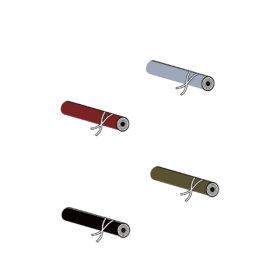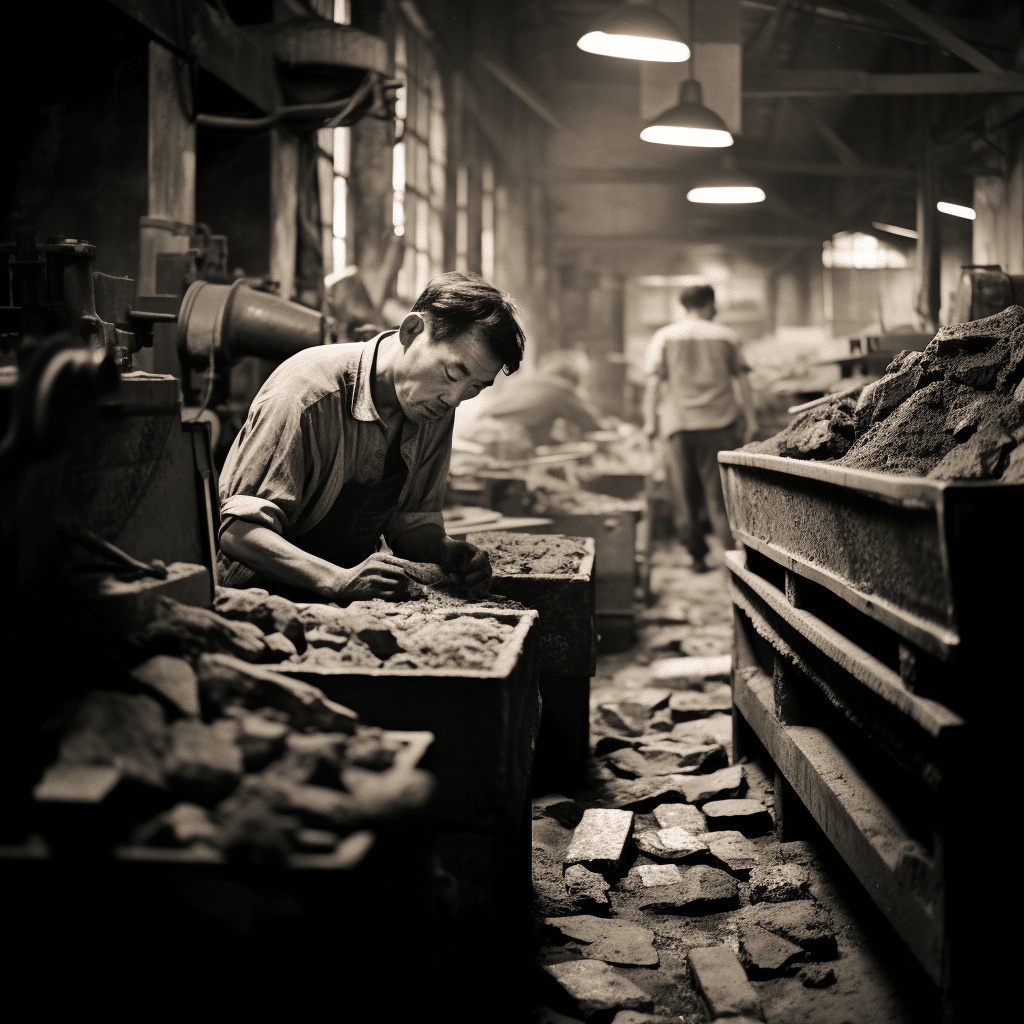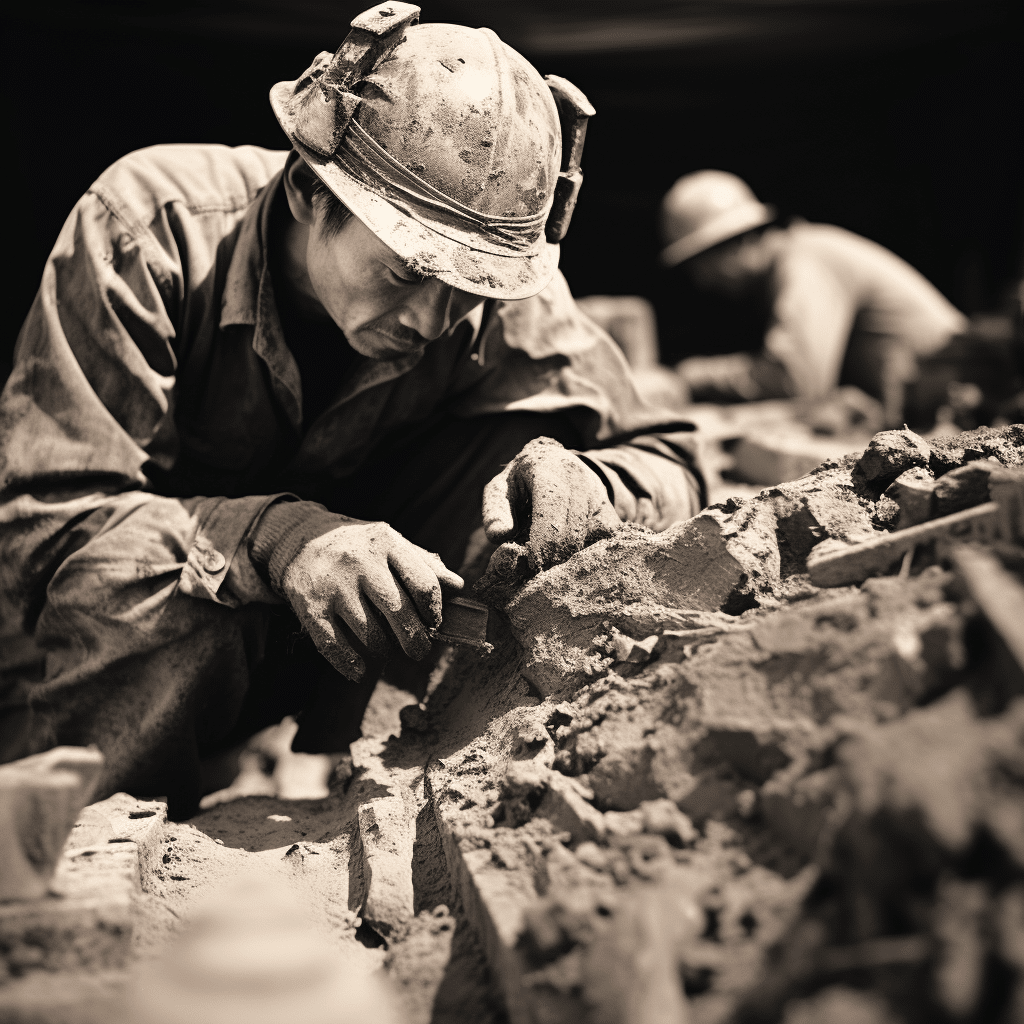ARTIFICIAL WHETSTONES: KEY TO SPEED & CONSISTENT EDGE SHARPNESS
Derived from natural materials, these man-made stones have revolutionized the art of honing edges.
INTRODUCTION
Artificial whetstones have played a pivotal role in the realm of sharpening tools and blades for centuries. Derived from natural materials, these man-made stones have revolutionized the art of honing edges. A quick exploration of the history, geography, and excavation methods associated with artificial whetstones to shed light on their impact on the quality, durability, and maintenance of cutting tools will be taken. We hope this assists in assessing the advantages and disadvantages of employing these stones for sharpening.

HISTORY & GEOGRAPHY OF ARTIFICIAL WHETSTONES
The history of artificial whetstones can be traced back to ancient civilizations, where humans discovered the need for honing their tools. Initially, natural stones such as novaculite, slate, and sandstone were used for sharpening purposes. However, as demand grew, the need for an easily obtainable, consistent, and affordable alternative emerged. Thus, the development of artificial whetstones began.
Geographically, artificial whetstone production has been diverse, with notable regions including Japan, the United States, Belgium, and China. Japanese whetstones, known as “Toishi,” are highly regarded for their exceptional quality, fine grit, and durability. Belgium has also earned a considerable reputation for producing high-quality natural and synthetic whetstones which are often used in the manufacturing of cutting tools.

EXCAVATING WHETSTONES
Artificial whetstones are produced through a variety of excavation methods depending on the type of stone. In the case of synthetic whetstones, various abrasives like aluminum oxide, silicon carbide, or ceramic materials are combined with a bonding agent. This mixture is then shaped and hardened to form the desired whetstone.
In contrast, for natural whetstones, the excavation process involves locating suitable deposits, followed by extraction and refinement. This typically includes quarrying, cutting, and grinding the stone into appropriate sizes and shapes for sharpening applications. The stone’s unique characteristics, such as hardness, porosity, and grit composition, are carefully considered during the refining process to ensure optimal sharpening performance.
BENEFITS OF SHARPENING WITH ARTIFICIAL WHETSTONES
Using artificial whetstones for sharpening offers several advantages. Firstly, they provide consistent grit size, resulting in uniform and precise edge maintenance. Unlike natural stones that may have variations in their surface, artificial whetstones offer a consistent sharpening experience, especially when working with modern alloys and steels that require specific grit sizes for optimal results.
Secondly, artificial whetstones often offer a broader range of grit options, from coarse to fine, allowing users to tackle various sharpening needs. This versatility enables the honing of a wide array of tools, from kitchen knives to woodworking chisels, with ease and precision.
Furthermore, artificial whetstones tend to be more durable compared to their natural counterparts. Synthetic stones are engineered to withstand wear and tear, ensuring they last longer and retain their sharpening capabilities over time. This durability reduces the frequency of stone replacement, making artificial whetstones a cost-effective choice in the long run.

DOWNSIDES OF SHARPENING WITH ARTIFICIAL WHETSTONES
Despite their advantages, artificial whetstones also have some downsides. Firstly, they lack the unique properties found in natural stones, such as their individual grit compositions and water retention capacities. This can impact the overall sharpening experience, especially for those who appreciate the traditional methods of honing.
Additionally, some artificial whetstones may generate more frictional heat during sharpening due to their higher abrasiveness. This heat can be detrimental to the blade’s temper, potentially reducing its hardness and overall cutting performance. Proper cooling techniques, such as using water or honing oil, are necessary to mitigate this issue.
Moreover, while artificial whetstones offer durability, they may not provide the same natural feedback and tactile experience as natural stones. The subtle vibrations and feedback that arise during the sharpening process can be essential in achieving the desired edge. Artificial whetstones, although efficient, may lack this sensory feedback, requiring users to adapt their techniques accordingly.
CONCLUSION
Artificial whetstones have undoubtedly have an important role in sharpening tools. They can provide consistent grit options, durability, and versatility. Sharpenig with artificial whetstones offers a predictable experience with corresponding results. Their limitations, such as the lack of natural properties and sensory feedback, need to be considered when choosing the appropriate stone for specific sharpening of tools. If speed and consistencyl is the goal then they can be a great choice of whetstone.

 KULUR ROLL
KULUR ROLL COOKING
COOKING




